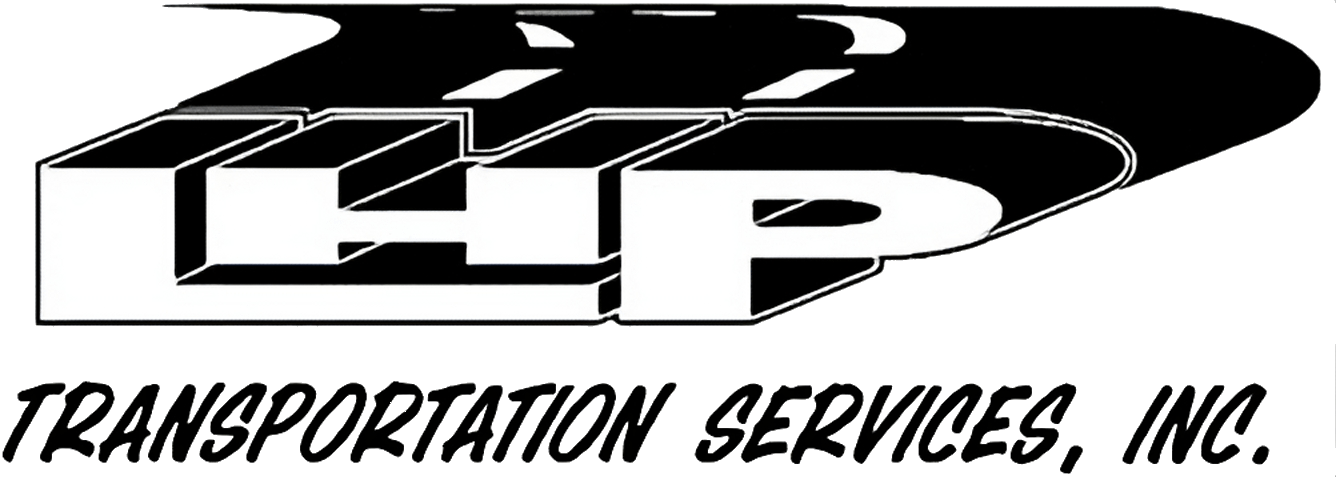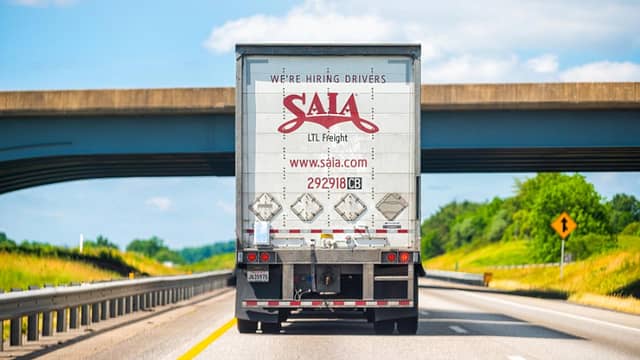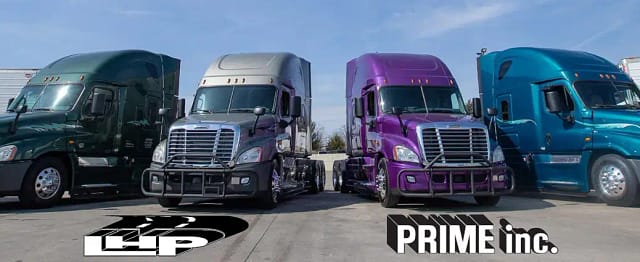
North American Rail Freight Transportation Market to Surge by USD 35 Billion with 7.45% CAGR by 2028
The North American Rail Freight Transportation Market is on the cusp of a substantial growth phase, with forecasts indicating a significant increase of USD 35.83 billion from 2023 to 2028, achieving a Compound Annual Growth Rate (CAGR) of 7.45%. This notable expansion is attributed to a confluence of factors, including the inherent cost-efficiency of rail freight transportation, a burgeoning increase in cross-border trade activities, and the escalating demand for advanced rail network infrastructures.
Get the full report HERE
This market’s growth is not confined to a single segment but is expected to span across various components, including freight cars, tank wagons, and intermodal units. Each of these segments plays a critical role in the overall expansion and efficiency of the rail freight system. The growth is anticipated to be particularly prominent in several key industries such as petroleum, chemical products, coal, metals, minerals, and agriculture. These sectors rely heavily on rail freight for the transportation of large quantities of goods, both domestically and internationally.
One of the most notable trends in this market is the increasing adoption and integration of Artificial Intelligence (AI) in rail infrastructure. AI’s role in optimizing routes, enhancing safety, and increasing efficiency is seen as a pivotal factor in the sector’s growth. Alongside this, the modernization of locomotives and significant investments in developing high-speed rail links are expected to further drive the demand in the rail freight sector.
The report goes beyond just market growth and examines the competitive landscape of the rail freight industry in North America. It provides a comprehensive analysis of the major players in the market, covering aspects of logistics, rail operations, and technological integration. This strategic vendor analysis is based on a robust methodology that incorporates both primary and secondary research, along with valuable insights from key players in the industry.
Furthermore, the report discusses the challenges and potential barriers to growth in the rail freight market. Issues such as environmental concerns, regulatory changes, and the need for infrastructure upgrades are highlighted as potential hurdles. However, these challenges are also seen as opportunities for innovation and development within the sector.
In conclusion, the North American Rail Freight Transportation Market is expected to witness a significant phase of growth, driven by a combination of technological advancements, increased freight capacities, and strategic market developments. As this sector evolves, it is set to play an increasingly important role in the overall transportation and logistics landscape of North America, impacting both the economy and the efficiency of goods movement across the continent.




